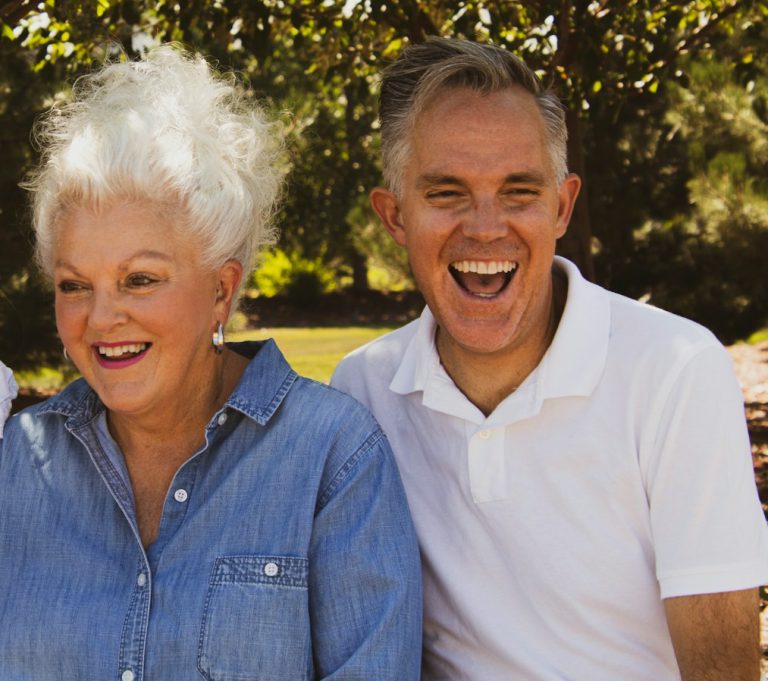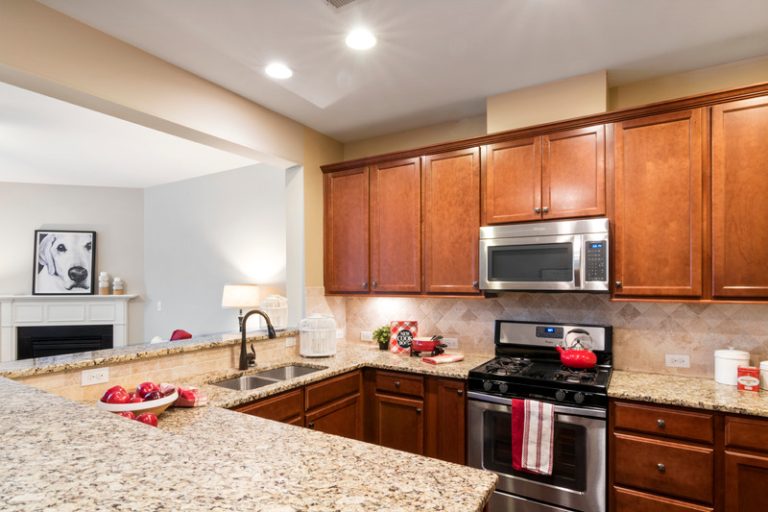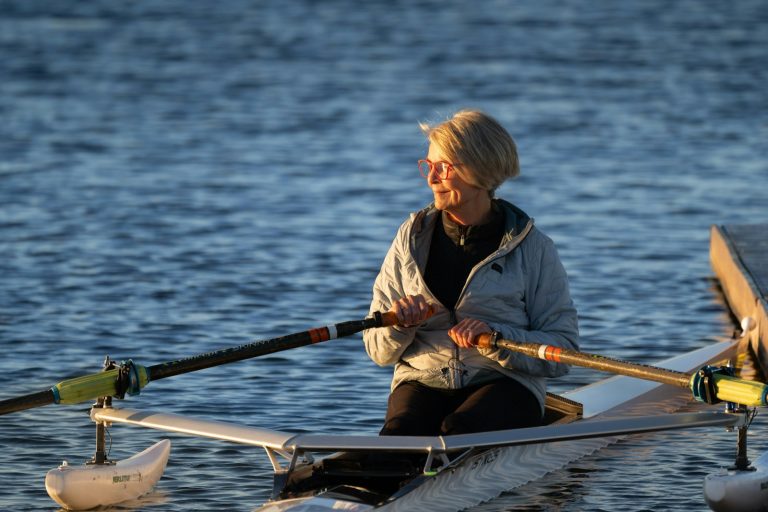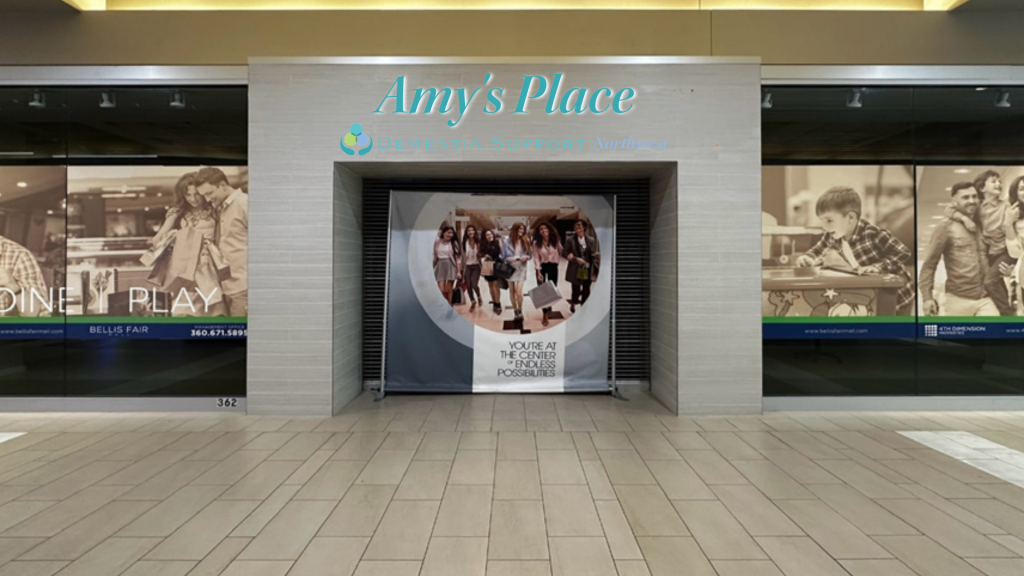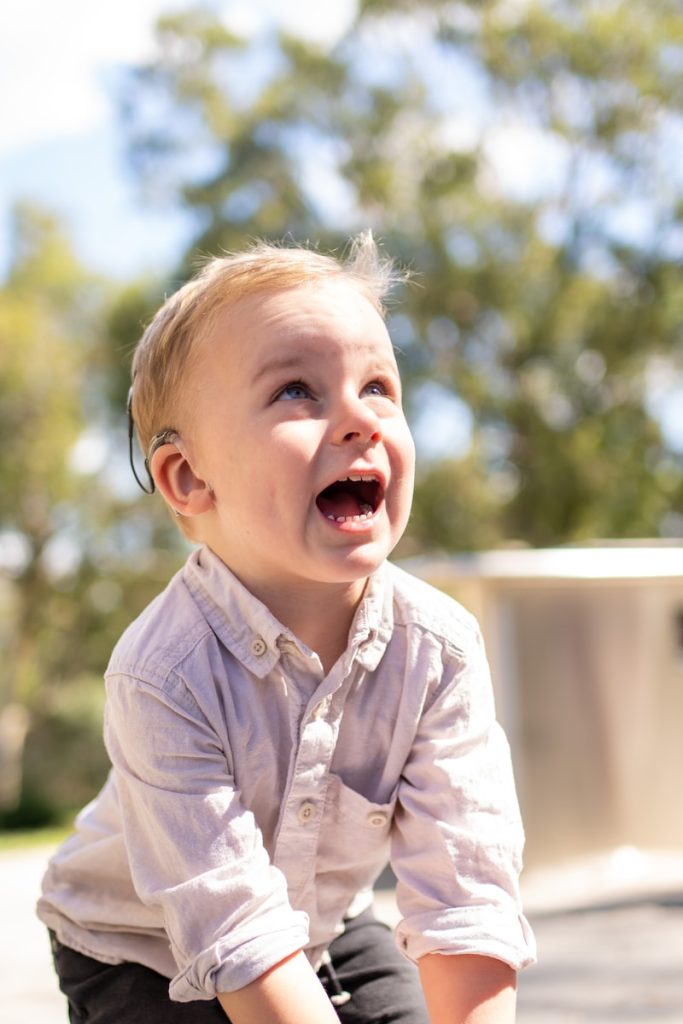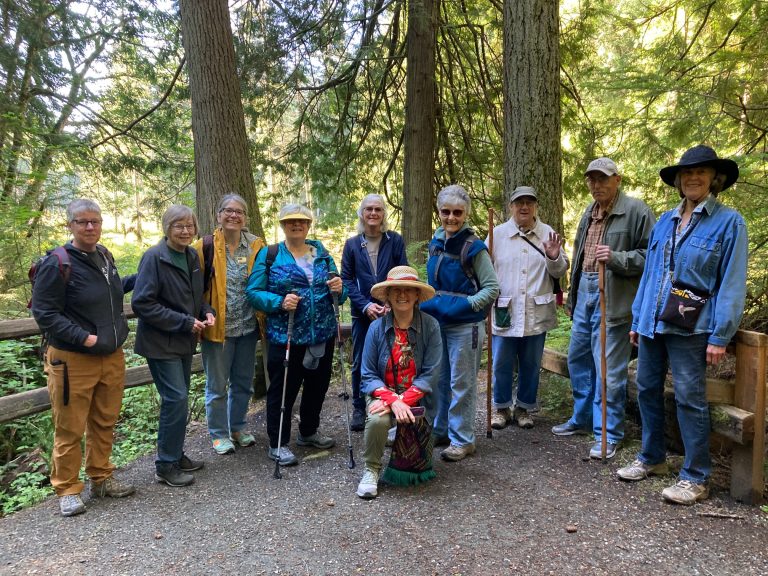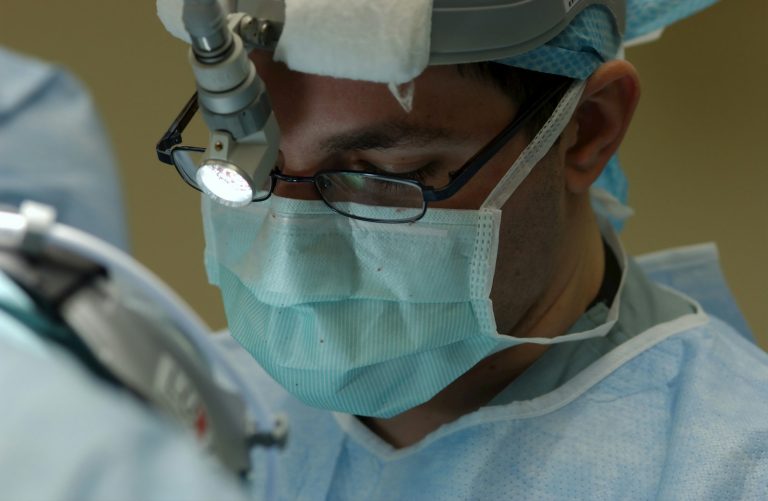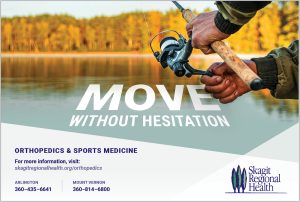Contributed by Jennifer Beemer, Certified Personal Trainer | Spring, 2016
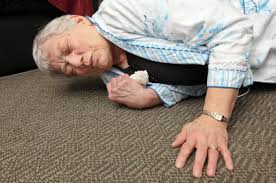 Fall Prevention | We’ve heard the tag line so many times, it has almost become a joke: “Help, I’ve fallen and I can’t get up!” Falls in the senior population are no laughing matter. In fact, ground-level falls are the number one event sending elders to nursing homes.
Fall Prevention | We’ve heard the tag line so many times, it has almost become a joke: “Help, I’ve fallen and I can’t get up!” Falls in the senior population are no laughing matter. In fact, ground-level falls are the number one event sending elders to nursing homes.
There are many medical and health considerations associated with aging that can contribute to an elevated risk of falling. Fitness training can help to reduce that risk. Fitness Interventions that focus on strength, balance, agility, flexibility, and cognitive training can make a big difference in a person’s confidence and ability to stay upright. Here are a few things to consider:
Our bodies’ physical strength declines
We already know this fact, but it is hard to face. Yes, your physical strength declines 10% per decade if left unchecked. Therefore, weight-bearing exercise is necessary to maintain muscle mass. This includes activities such as walking (on land, not in water), and resistance training using tools such as weights and resistance bands. Maintaining strength is important toward fall prevention.
Balance is a skill to help in fall prevention
Like any skill, balance needs to be practiced. Likewise, find a class, a physical therapist, or a personal trainer that focuses on balance, and you can learn many drills and strategies for practice.
Agility is necessary to avoid obstacles
Also, as we age we tend to shuffle. It takes training to remind yourself to Pick. Up. Your. Feet. Cardiovascular exercise brings oxygen to your brain and all your body parts, and builds stamina. Stamina is important – when we are fatigued, we are much more likely to drag our feet, resulting in tripping and falling. Walking, biking, swimming, and dancing are all excellent ways to get your cardiovascular exercise.
Flexibility and Mobility
Flexibility and mobility are necessary to get through all your activities of daily living. Important activities include bathing, dressing, getting into and out of the bathtub. This is because they all require a good deal of flexibility and mobility, which can be trained in a fitness setting.
Reflexes
Reflexes and reaction time tend to slow as we age. Exercises such as ball tosses, working with a partner, or exercises that cross the midline of the body will help to train the body. Also include exercises that require both sides of the brain to work. This will help implement the brain/body connection and enhance cognitive function. Studies have shown dancing to be effective cognitive training. Zumba Gold is a dance fitness class designed for beginners. Certainly, these are fun ways for older adults to train the cardiovascular system. Also, these exercises build balance, coordination, and cognitive function.
In conclusion, there are many fitness opportunities out there for the active aging population. Find yourself a facility, a class, and an instructor that you are comfortable with, and see how much you can accomplish!
This article was first published in the Spring/Summer, 2016 edition of Vibrant Senior Options.
Other fitness article by Jennifer Beemer: How To Train Your Body
Also read about Parkinson’s and Fitness: Your Health Depends on it!

